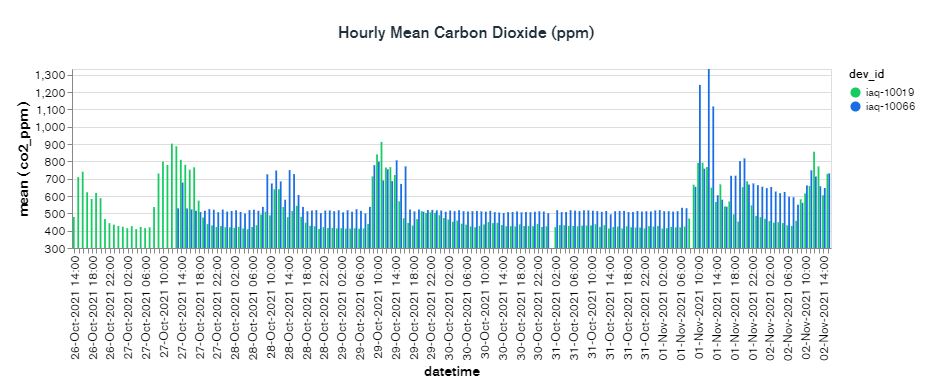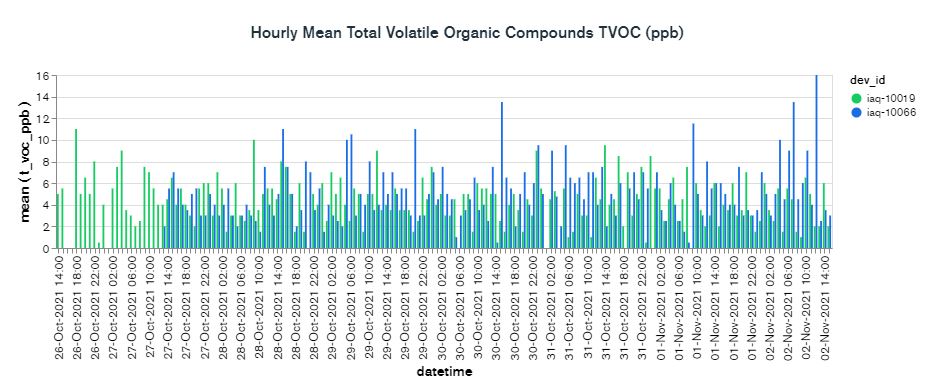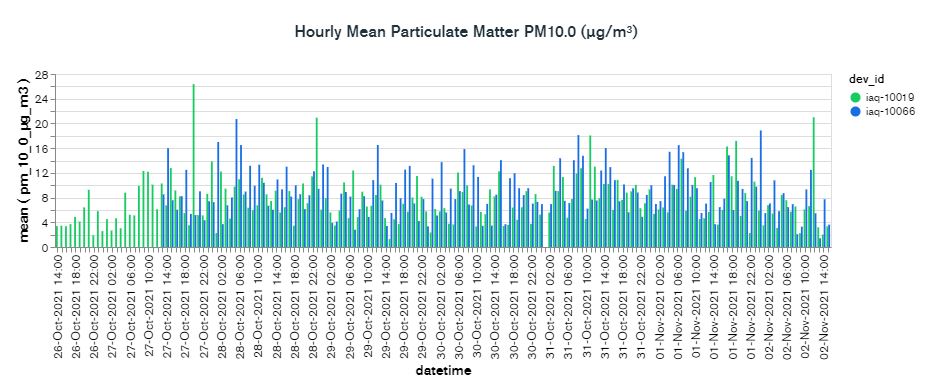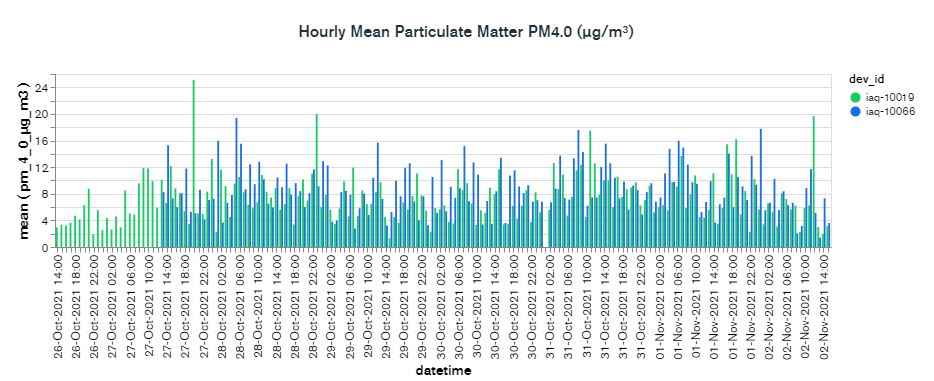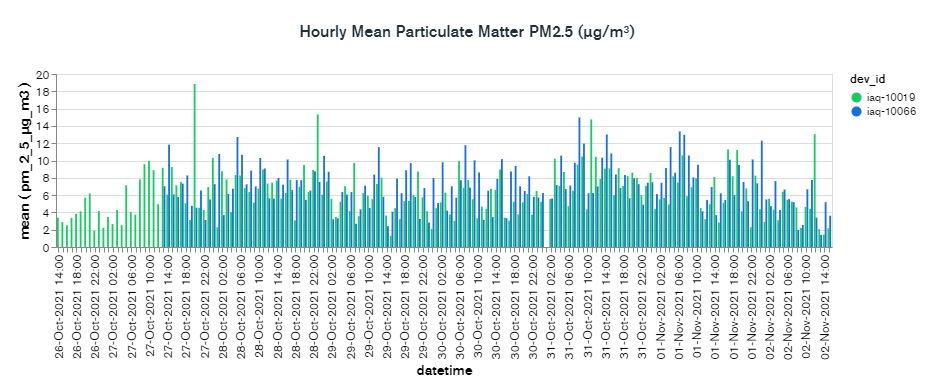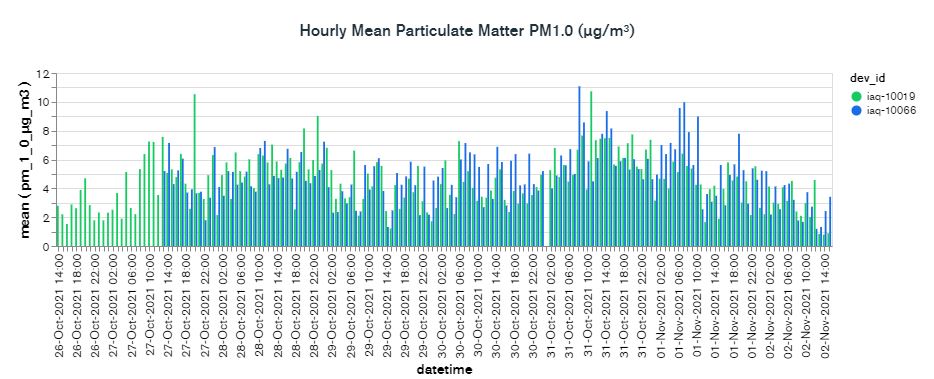About ESAIRQ
With growing global awareness of air quality and its impact on human health, ESAIRQ (Environmental Sensors for Air Quality) is developing essential technologies for gas sensing. New platforms for gas and fine-particle sensing have the potential for significant societal impact through a reduction in mortality rates and health-care costs in polluted environments. ESAIRQ is seeking to increase the selectivity of sensors to particle matter and to enhance detection of polluting organic and inorganic matter within gas mixtures. Research will focus strongly on miniaturisation and functional integration of components at chip-level to lower costs and energy consumption.
Role of the University of Malta
As part of the ESAIRQ project, the University of Malta will develop a LPWAN (Low Power Wide Area Network) WSN (Wireless Sensor Network), for office air quality monitoring. The indoor air quality monitoring system will be implemented in the ICT building at the University of Malta. The WSN will consist of a 100+ sensor nodes arranged in a star of stars topology with several gateways serving the 100+ sensor nodes. Data attained through these sensor nodes will then be selectively transmitted to the gateways and then forwarded via Ethernet or Wi-Fi to a cloud based web service. The cloud based web service will not only store the gathered data but it will also allow for big data analysis. Remote access to this data from multiple platforms will also be possible.
ESAIRQ Partners
The ESAIRQ consortium consists of twenty-six businesses and academic research organizations from six different EU countries. Their combined know-how will allow Europe to gain a strong position in the market for gas, fine-particle and pathogen-sensing technologies with potential to bring positive benefits for health, society and the environment.

ESAIRQ Funding
ESAIRQ is a project within the EUREKA PENTA Cluster, managed by Industry Association AENEAS, aimed at delivering selective, sensitive and reliable sensors at affordable cost for mass markets.This project is co-funded by Malta Enterpise, Malta's economic development agency.
Indoor Air Quality
Indoor exposure to air pollutants may occur in both private and public indoor environments such as homes, offices, schools and transport systems. Some indoor air pollutants come from the outside, but most are released inside the building, for example when cleaning or when burning fuel for cooking and heating. Furniture and construction materials can also emit pollutants. Dampness and lack of ventilation may further increase indoor air pollution. Like outdoor air, indoor air contains a complex mixture of pollutants (chemical substances, allergens and microbes) from different sources that changes with time. Findings on the health effects of single air pollutants cannot necessarily be extended to mixtures. Indeed, different chemicals may interact with each other and cause more (or less) harmful effects than the sum of the effects caused by each chemical separately. Very little is known about the combined effects of indoor air pollutants.
Sick Building Syndrome
The sick building syndrome comprises of various non-specific symptoms that occur in the occupants of a building. The symptoms tend to increase in severity with the time people spend in the building, and improve over time or even disappear when people are away from the building. The main identifying observation is an increased incidence of complaints of symptoms such as headache, eye, nose, and throat irritation, fatigue, and dizziness and nausea. These symtoms reduce work efficiency and increase absenteeism. A 1984 World Health Organization Committee report suggested that up to 30% of new and remodeled buildings worldwide may be the subject of excessive complaints related to indoor air quality.
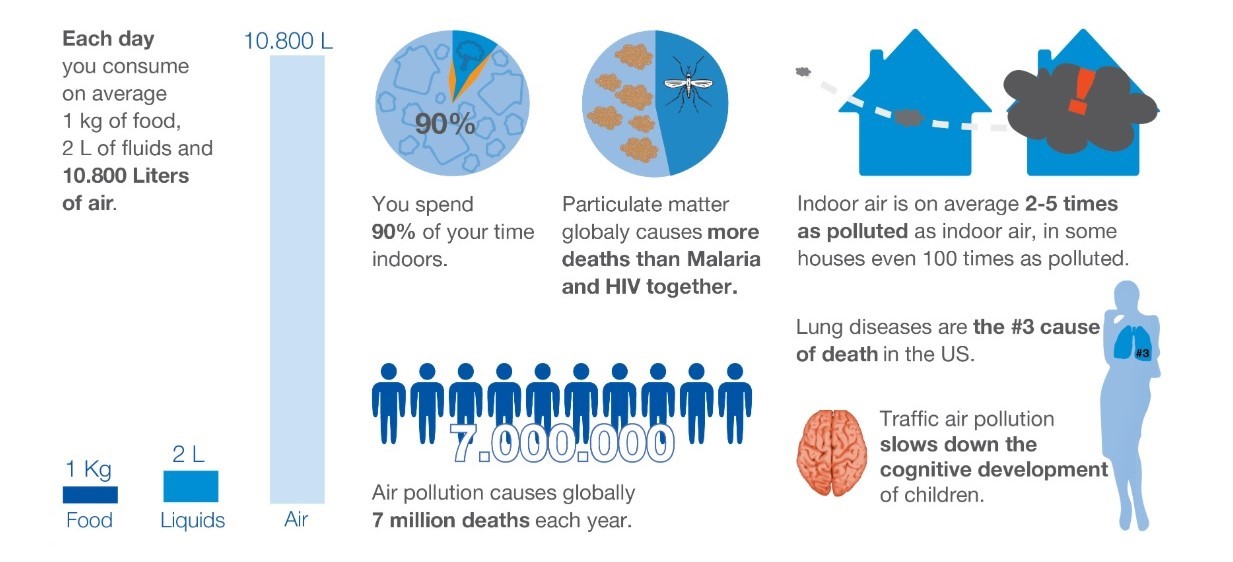
Common Indoor Air Pollutants

ICT Building
One of the buildings in which the WSN will be deployed is the Faculty of ICT building at the University of Malta. The ICT building consists of a 4 floor building formed using a concrete substructure with a steel framed upper structure. The building has no windows and it is climate is controlled through an advanced BMS (Building Management System). The internal climatic conditions, such as temperature, ventilation, and humidity are managed by an automated system. In order to increase energy efficeny air is recyled by the ventialation system and blended with fresh air. The delicate control of the fresh-recycled air ratio is vital to ensure optimal air quality. The air quality monitoring WSN will thus be very useful to provide key metrics to the automated BMS.



Network Architecture

Network Description
Sensor Nodes
Due to the large scale network being deployed, the sensor nodes will be low cost sensor nodes costing around €60-€100 each. Off-the-shelf components will be utilised in order to construct the sensor nodes. A PCB (Printed Circuit Board) was be designed in order to incorporate these components into a single wireless battery powered device. Since the sensor nodes will be battery powered, an ultra-low power design is necessary. Each sensor node will has a LoRa wireless transceiver, a microcontroller with integrated EEPROM, a number of environmental and gas sensors and a power source consisting of a battery and DC/DC convertors.



Sensor Node Specifications
Gas Sensing Capabilities
Environmental Sensing Capabilities
Environmental Monitoring
Environmental data from two prototype sensor nodes are displayed below.
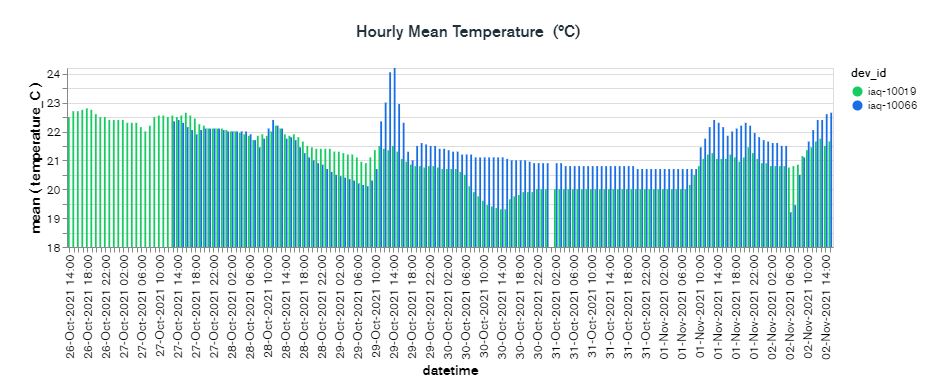
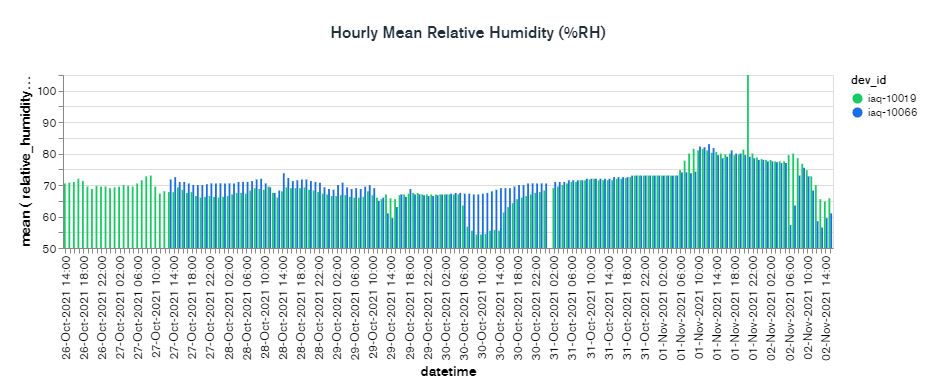
Air Quality Monitoring
Air quality data gathered from two prototype sensor nodes are displayed below.
